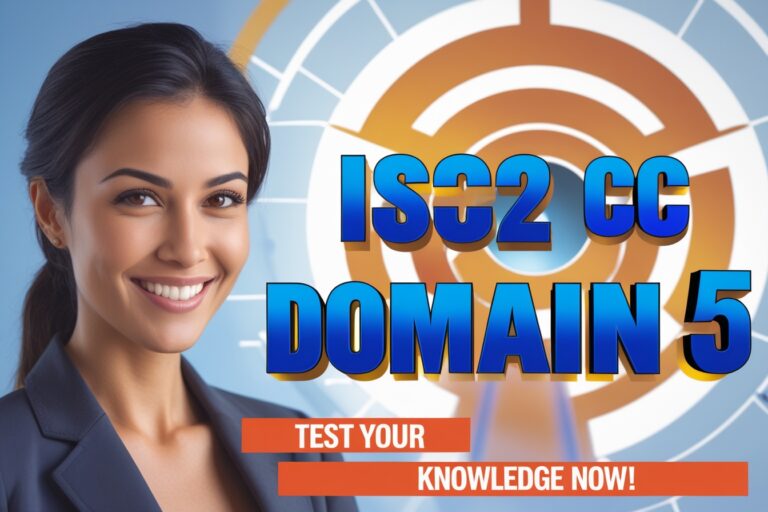1) Management information systems usually
A. Serve managers interested in weekly, monthly and yearly results, not day-to-day activities.
B. Help managers make decisions that are unique, rapidly changing and not easily specified in advance
C. Provide managers with a generalized computing and telecommunications capacity that can be applied to a changing array of problems.
D. Perform and record the daily routine transactions necessary to the conduct of business.
2) ……… system is concerned with the way information is used for purpose of control and applies technologies.
A. Feedback
B. Interview
C. Interaction
D. Conference
3) Which of the following best defines a system with universally accepted standards for storing, retrieving, formatting, and displaying information in a networked environment?
A. Website
B. Web location
C. World Wide Web
D. Intranet
4) Customer numbers and their names would be an example of the ………. component of an order management information system.
A. software
B. hardware
C. data
D. procedure
5) ………. is prominent attribute of management information procured through MIS of an organization.
A. Explicitness
B. Completeness
C. Accuracy
D. Exception based
6) Information systems can facilitate supply chain management by
A. tracking the status of orders
B. rapidly communicating orders
C. providing product specifications
D. All of the above
7) Data mining cannot be done if
A. operational data has not been archived
B. earlier management decisions are not available
C. the organization is large
D. all processing had been only batch processing
8) ………. information system planning us the last stage of the planning process.
A. Tactical
B. Strategic
C. Architecture
D. Processed
9) Which of the following defines a model based on the concept of a network in which adding another participant entails zero marginal costs while creating large marginal gains?
A. network economics
B. strategic transitions
C. vendor-managed inventory
D. the value chain model
10) Which of the system uses Multidimensional data analysis?
A. DSS
B. MIS
C. ESS
D. All of the above
11) ………. system monitors the processing of jobs, development and schedule in the overall systems.
A. Testing
B. Processing
C. Performance
D. Scheduling
12) Which of the following best describes the placement of a piece of software to intercept information passing from a user to the computer hosting a web site?
A. jamming
B. spamming
C. spoofing
D. sniffing
13) In which the enterprise systems do not support ……
A. manufacturing process
B. financial and accounting processes
C. human resource processes
D. increment processes
14) ……… information is free from mistakes and errors, is clear and meaningful for processing in the system.
A. Accuracy
B. Relevance
C. Adequacy
D. Completeness
15) Which of the following designates the total cost of owning technology resources, including initial purchase costs, the cost of hardware and software upgrades, maintenance, technical support, and training?
A. total cost of ownership
B. function point analysis
C. net present value
D. internal rate of return
16) The constructed data to store and retrieve the information in place called …..
A. data bank
B. memory
C. removable disk
D. chip
17) The major roles of information systems is/are ……
A. Support strategies for competitive advantage.
B. Support business decision making
C. Support business processes and operations
D. All of the above
18) Which of the following is a wireless phone with voice, text and internet capabilities?
A. Web phone
B. digital communicator
C. smart phone
D. pager
19) ………. processing is considered as the classical method of processing data
A. Batch
B. Group
C. Sequence
D. Real
20) Which of the following identifies the type of system that tests on accepted and fixed definitions of data and procedures for collecting, storing, processing, disseminating and using data?
A. informal system
B. formal system
C. network
D. intranet
Answers
1) A. Serve managers interested in weekly, monthly and yearly results, not day-to-day activities
2) A. Feedback
3) C. World Wide Web
4) C. data
5) A. Explicitness
6) D. All of the above
7) A. operational data has not been archived
8) A. Tactical
9) A. network economics
10) A. DSS
11) C. Performance
12) D. sniffing
13) D. increment processes
14) A. Accuracy
15) A. total cost of ownership
16) A. data bank
17) D. All of the above
18) C. smartphone
19) A. Batch
20) B. formal system






